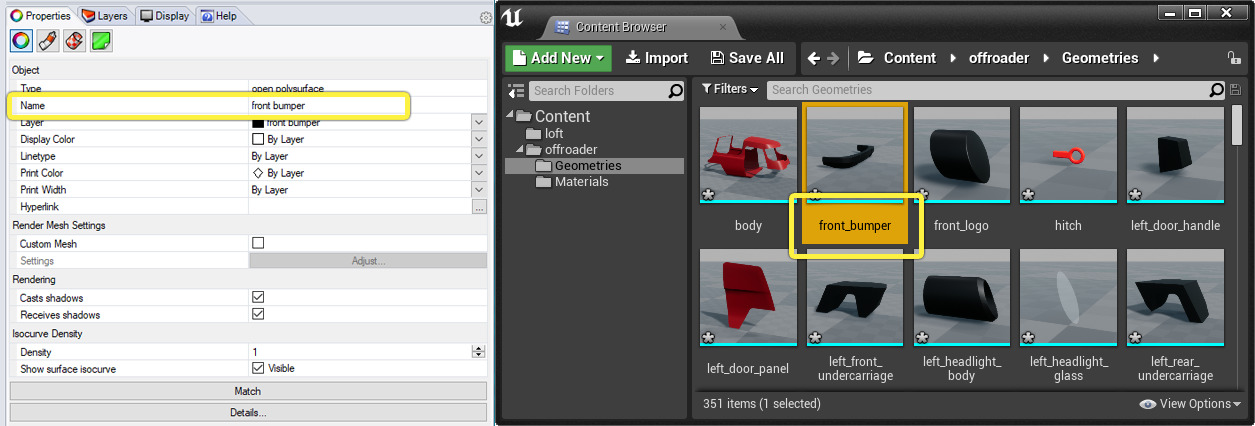
On that Dell of yours are you running Rhino4 or 5?

In that case, you would see the overall memory usage rise to about 2.5gigs before render and maybe up to 3.5 gigs while starting the render.Īnyway, if you cannot decrease the mesh size, your only way to go is using Rhino5/64bit on a 64bit OS. Then you would need about the same amount to just transfer the mesh and hit the Gigs Mitch mentioned. That seems likely on a 32bit OS with 1gig already in use by rhino alone. If you see no increase of memory, that would mean, you hit the memory wall by just asking for the next block of memory. Memory would be freed once you confirm the error message and Rhino gets unloaded. Depending on your setup, you should generally see the memory indicator rise then you should get the message. You can keep the Task manager open and watch the memory consumption while you start the render. The process will just get very, very slow once the physical RAM is maxed out.ĭid you check the memory consumption with the render going or before with just the file loaded?

Try to use Rhino5/64 bit on a 64bit OS.Īvailable physical memory shouldn’t be a crash problem in 64bit. That would mean there is no difference between available memory between Mac and Dell.

Since you tried to save as Rhino4 to move the file to your Dell, I would assume, your’re running Rhino4 on the Dell (?). You will be limited to 32bit (that means a max of about 3.8Gigs of RAM) ifĪ) your OS is 32bit like in your Mac configuration orī) if your Rhino is a 32bit version, regardless of the OS being 32 or 64bit. Those are numbers we need to judge “how big your render” will be.Ħ Million polygons is quite heavy for a render mesh in Rhino, especially if you are running a 32bit app. Memory consumption depends on the number of polygons in your scene as well as the pixel size of your render. This I repeating a bit of but it seems like you missed some parts of the jeff’s post:


 0 kommentar(er)
0 kommentar(er)
